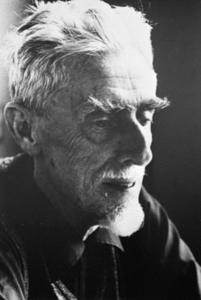MC ESCHER (1898, 1972)
Dutch Illustrator and Printmaker


Horst had a book of Escher’s work and took great pleasure in reviewing it. Escher’s work is overtly mathematical yet Surrealistic, with many illustrations depicting visual riddles, impossible buildings and scenes. In this way his work is reminiscent of Magritte.
In 1979 Escher was a central figure in the book Gödel, Escher, Bach: an Eternal Golden Braid by Douglas Hofsadter. In part because of his appreciation of Escher and Bach, Horst read most of this book, struggling a bit with Gödel’s Theorem.
Horst appreciated Escher’s astonishing craftsmanship, but also his endless imagination. Again Horst took comfort that Escher was able tap into surrealism, abstraction and other modern concepts, yet never waver from his personal vision. Horst tended to stay away from visual riddles, preferring to emphasize the symbolism in his paintings. However, Horst's Labyrinth Series, and the paintings that hide I Ching Hexagrams are the most reminiscent of Escher.
Escher delighted in using mathematical themes in his art. His development of tessellations and hyperbolic geometry helped inspire several areas of mathematical and scientific research. He received several awards usually reserved for mathematicians for illuminating difficult ideas through his art.
However, the fine art world didn't warm to his work, essentially neglecting it until well after his death. This is partly due to its representational imagery in a time of expressionism and the reluctance of art critics and historians to accept mathematics as legitimate art. Despite references to Cubism, Surrelaism, Dadaism, and Der Stijl, he didn’t seem able to persuade them.
However, he became a kind of cult figure in the Psychedelic period of the 1960’s and 70’s, appearing on numerous album covers and posters. His work has gained currency over the years, and he is now appreciated as a true artist.